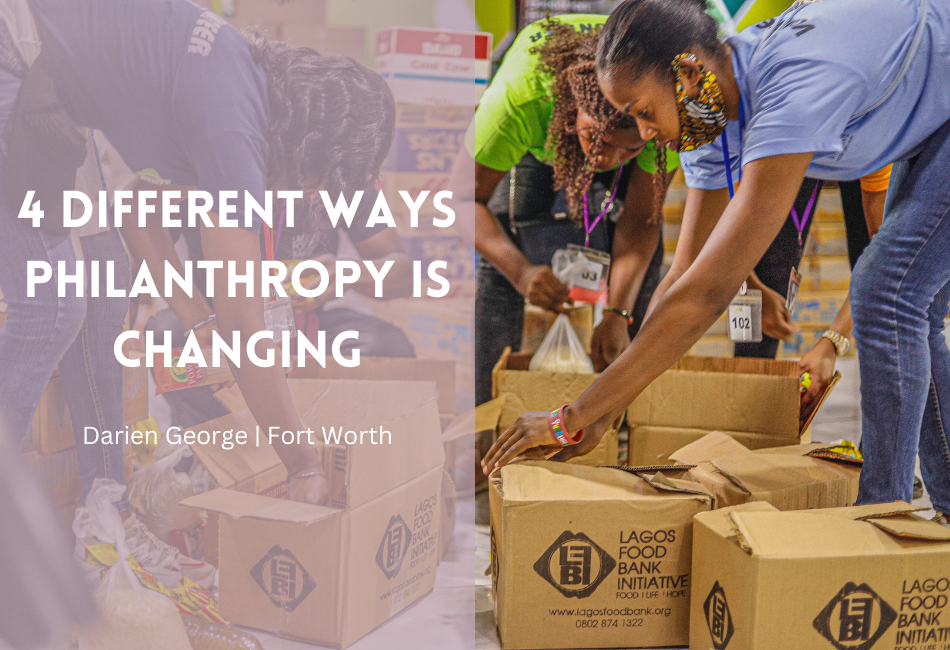The changing nature of philanthropy is helping improve people’s quality of life worldwide. As a result, more diverse and inclusive causes are being created by philanthropists, entrepreneurs, and other givers. Philanthropy is evolving and here are the different ways people are seeing.
- Donor Giving
Today, donors are more likely to focus on transparency and the opinions about wealth that influence their philanthropy. With the use of tech, they are more likely to donate their wealth to charitable organizations. This is because they can see how their donations are making a difference and how their nonprofit is performing. It makes it easier for them to give back.
- Newer Generations
The attitudes and ways in which people give back have changed due to the increasing number of Gen Zs and millennials involved in philanthropy. Compared to the Baby Boomers generation, younger generations are more likely to think critically about charitable giving. They are also more likely to believe that making a positive impact on the world is possible.
- More Problem-Solving
Instead of looking to the individuals affected by the issues that need to be solved, many are turning to social entrepreneurs to develop practical solutions. According to a survey, only 40% of social entrepreneurs come up with ideas from people directly affected by the project. Instead of searching for solutions through large organizations, donors are leaning toward public-private partnerships and nonprofits as they look for practical solutions.
- Getting Rid of Quick Fixes
For a long time, philanthropy has been known to give a man a fish instead of training him how to fish. Instead of focusing on long-term solutions, many organizations started with quick fixes. Today, donors are more likely to support organizations that continue with their initiatives even if it takes longer than expected.
Corporations and charitable organizations looking to give back often start with a quick fix instead of a long-term strategy. For instance, they gave away new shoes to people in third-world countries. Unfortunately, this quick fix didn’t help the community, leading to many shoemakers’ displacement. This means they are more likely to support organizations committed to addressing long-term issues.

